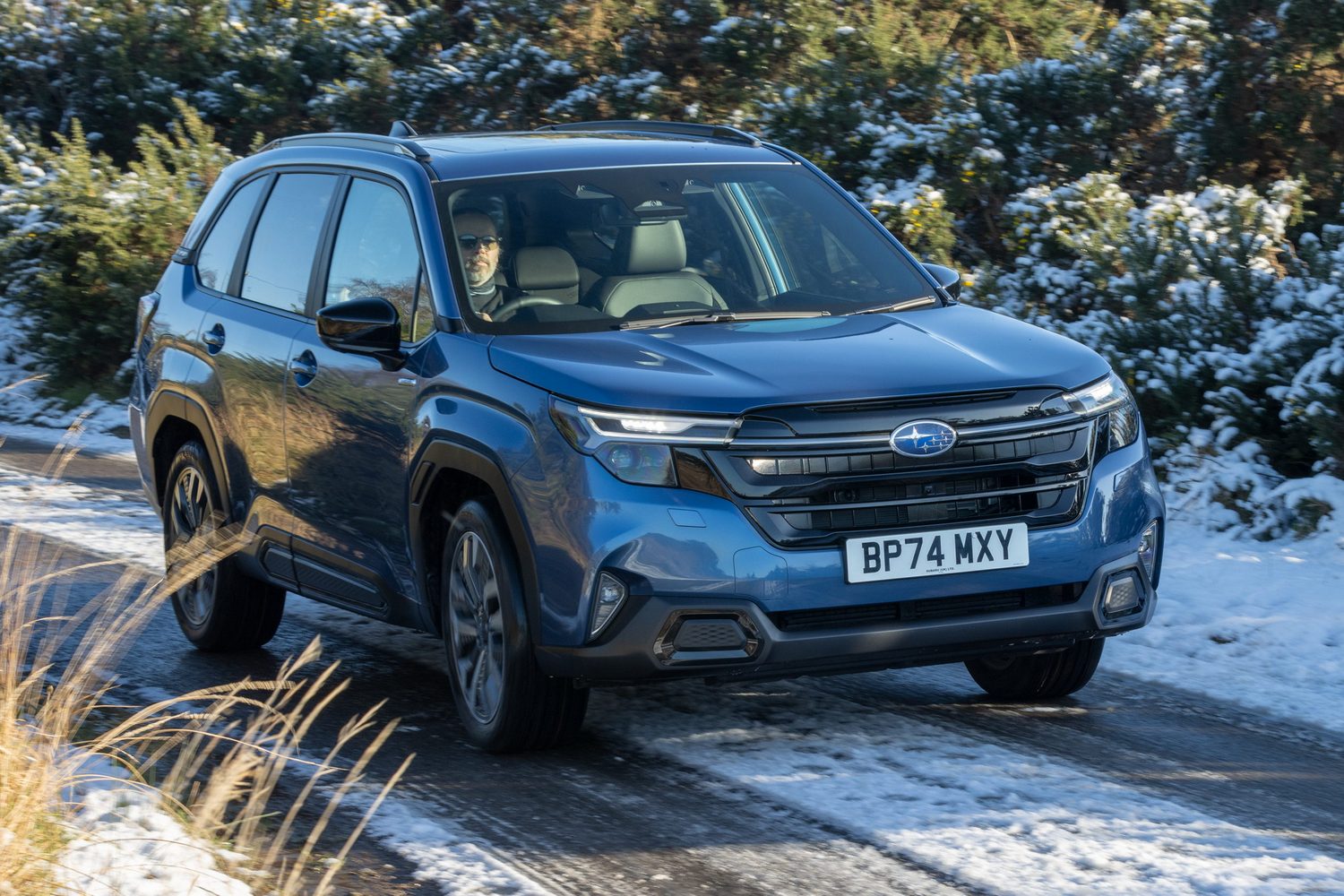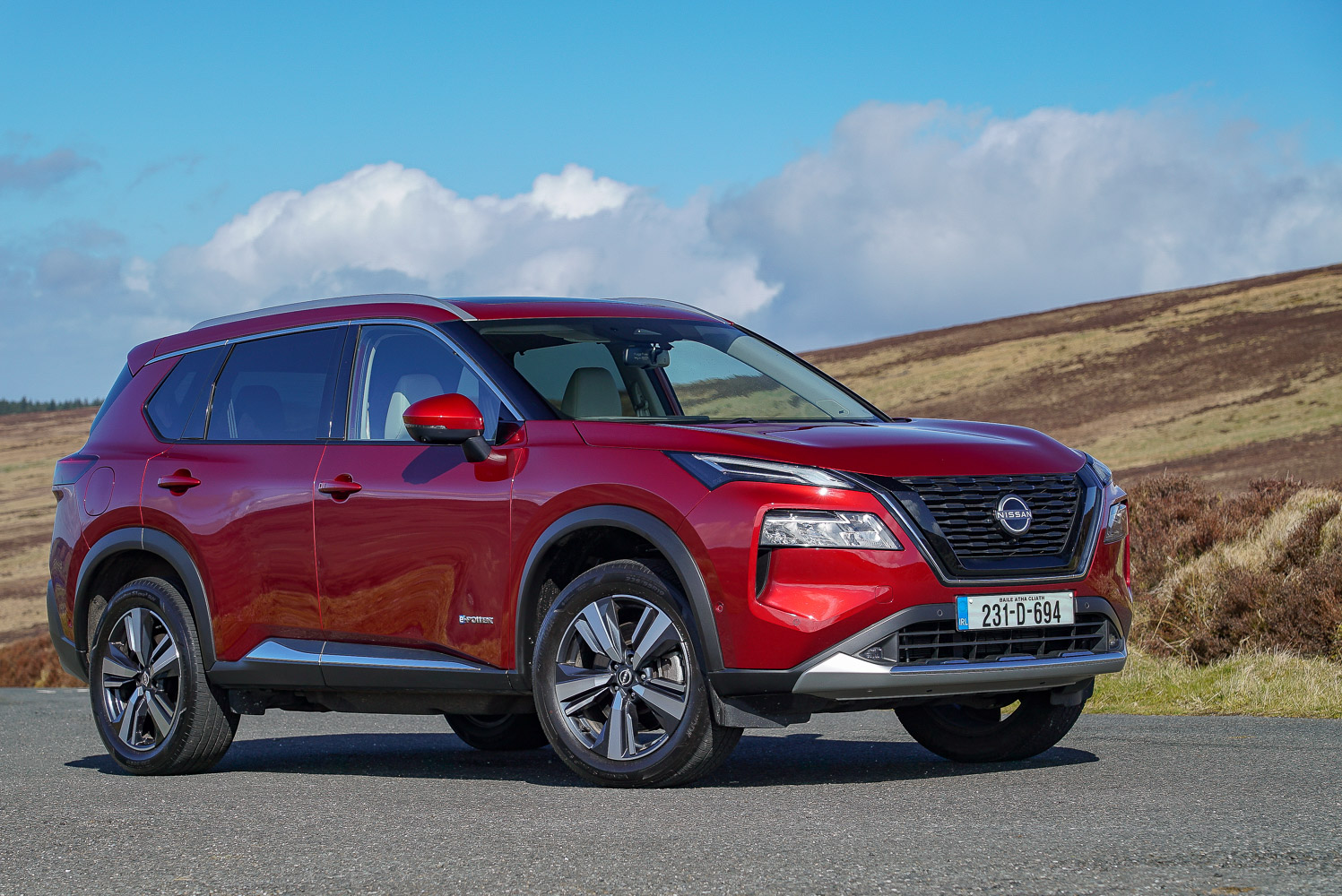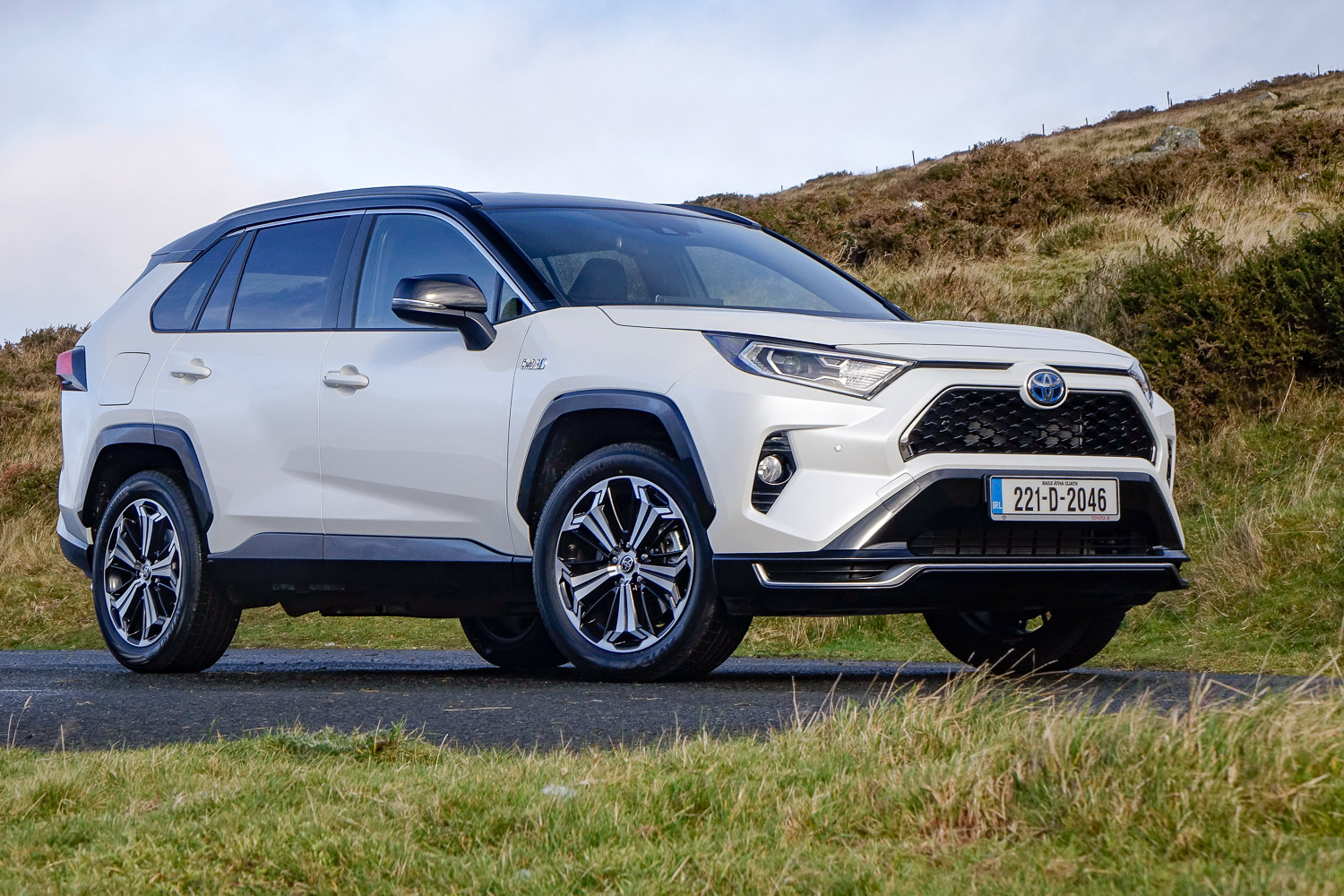That the Subaru Forester has managed to stick around for almost 30 years without ever being especially popular is quite the achievement. Yet it’s something of a metaphor for a brand that plenty of customers had managed to forget about since it pulled out of the World Rally Championship.
Nevertheless, Subaru is still going, financed almost entirely by people in the countryside who want a dependable all-wheel-drive car and don’t live near a Toyota dealer. Now, the Forester SUV has been heavily updated for 2025. A new look, updated mechanical components and fresh tech are all the main differences, but will our first drive of the Forester reveal a car that’s finally going to capture hearts and minds?
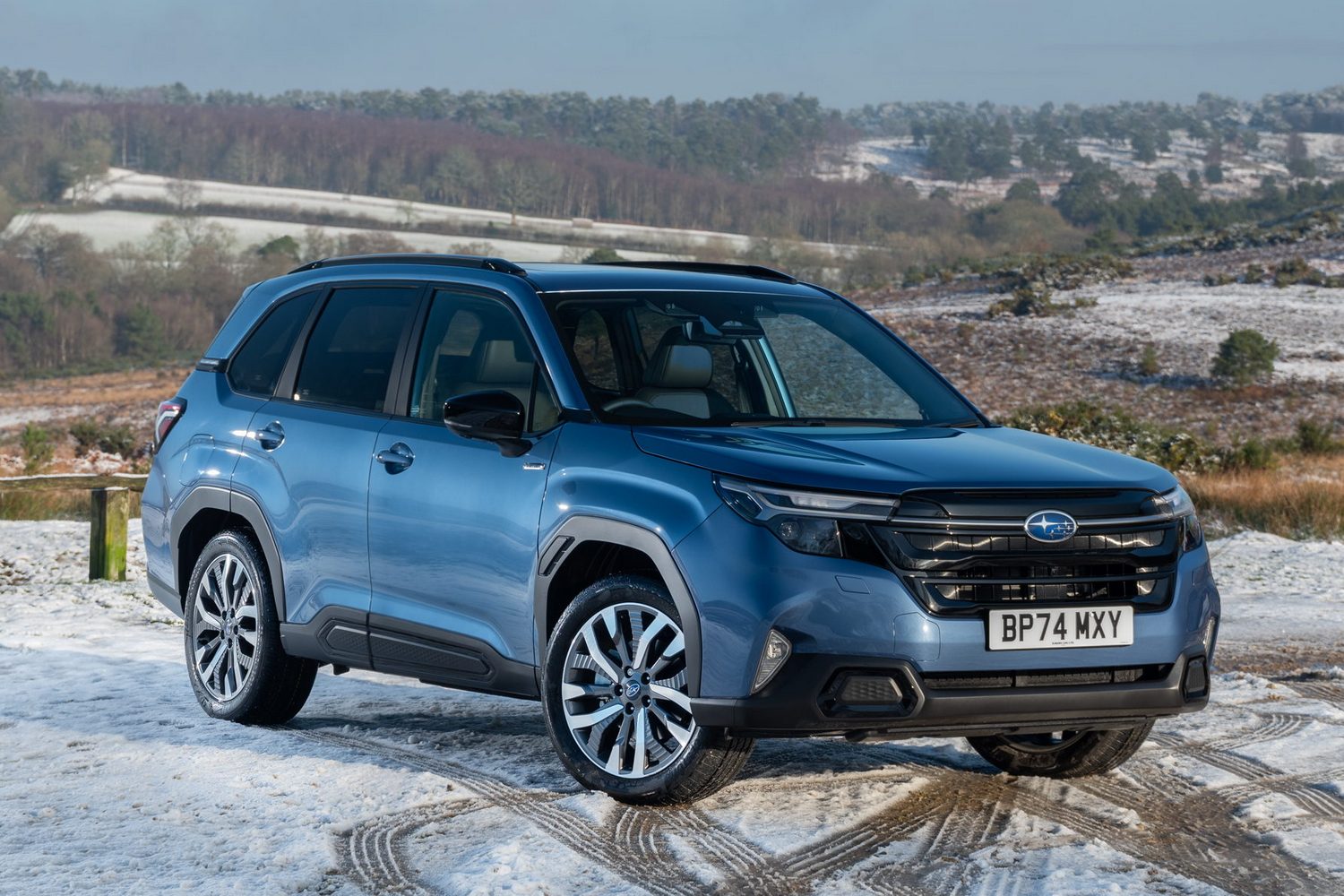
What does the new Subaru Forester look like?
The Forester has always looked like a bit of an oddball, and though the new model is a bit more conventional in its basic shape, it’s still recognisable. Yet it has managed to keep the Forester character without being as ugly as the old one, with more SUV-like proportions and more modern details. New headlights, a new grille and new taillights all feature, while there are also some subtle differences to the window line.
But for all that, there are some oddities in the Forester’s design. The rear bumper, for example, has some fairly sizeable exhaust-effect trims inlaid in the plastic. There’s nothing odd about that per se, but Subaru has only given the Forester one tailpipe, which has a mousehole-style cutout in the plastic, creating an ugly mismatch that immediately undoes all the designers’ attempts at creating symmetry. It’s clumsy at best, and downright cheap and lazy at worst.
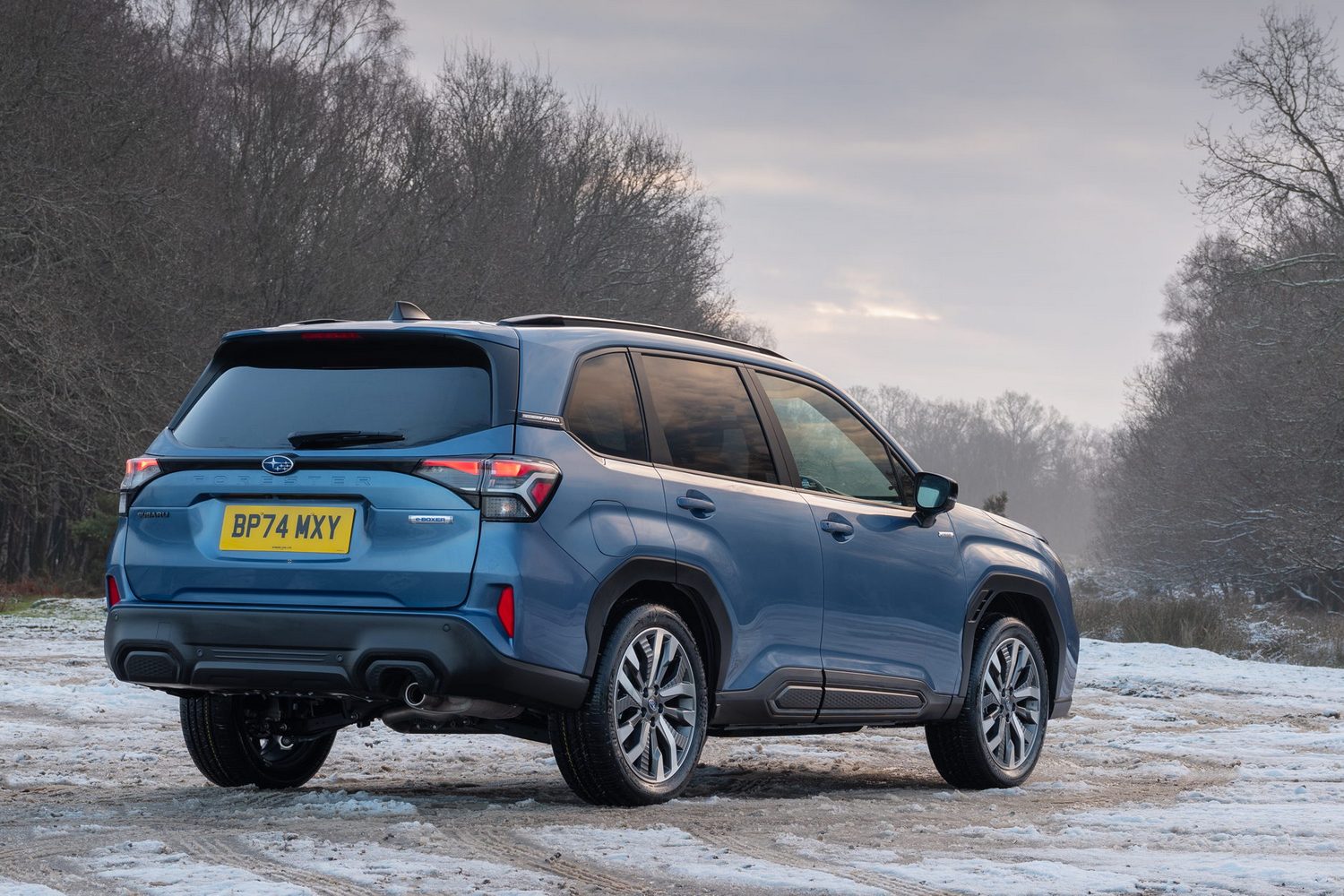
A look inside the Subaru Forester
We were rather hoping Subaru would have made some big changes to the Forester’s cabin, which was previously dated, to say the least. And in the shape of a new touchscreen and some new switchgear, Subaru has indeed improved things. It just hasn’t improved them enough.
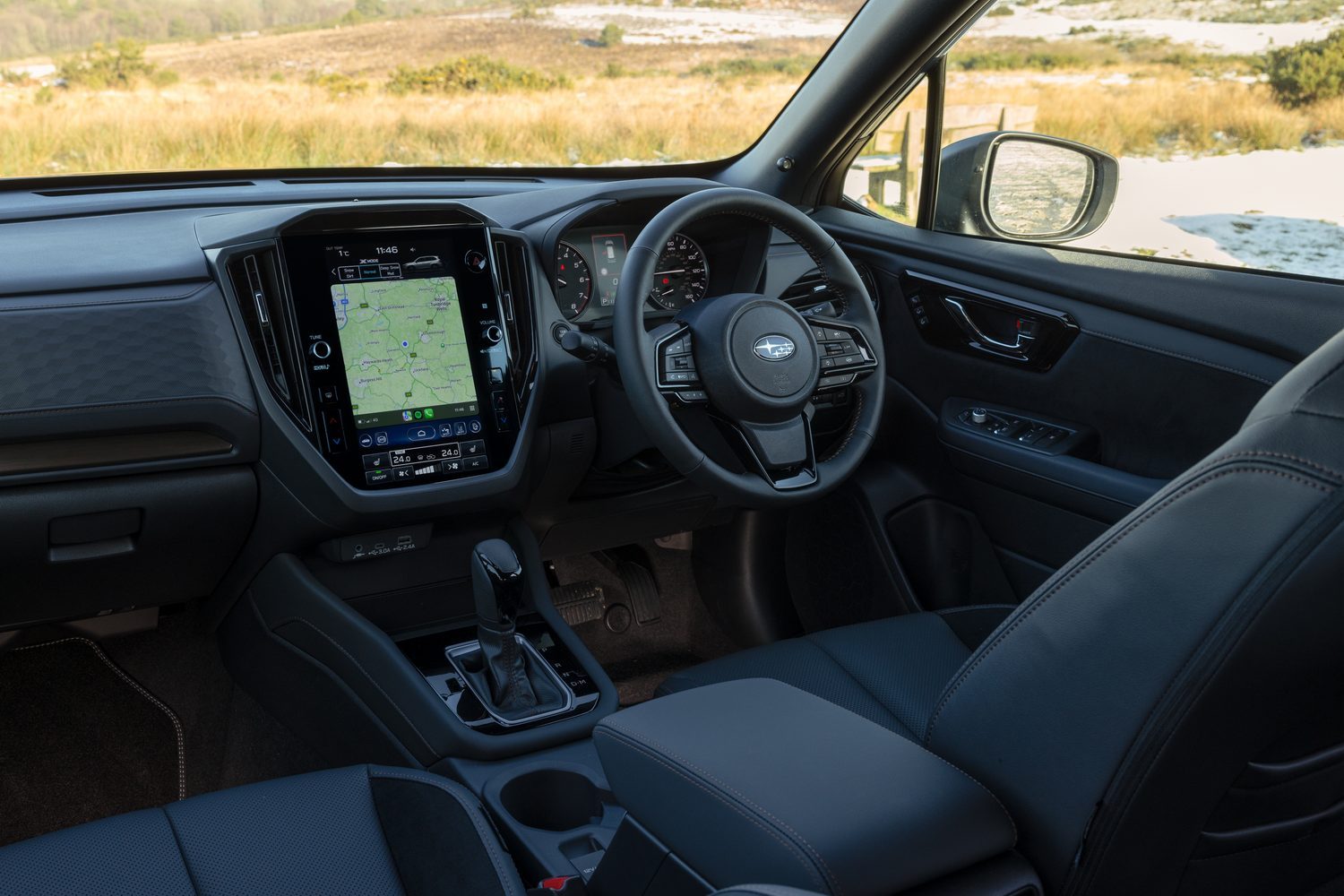
The cabin is still a bit of a mess in design terms, with switchgear in odd locations and some really cheap materials in places that should be much more upmarket. The ‘leather’ on the steering wheel, for example, is very shiny and plasticky, which immediately spoils any premium pretensions, and some of the cabin plastics feel a bit too recycled.
Combine that with analogue instruments and a trip computer that looks decidedly eight-bit, and you’ve got a car that’s brand new, but feels as though it’s a product of 15 years ago. It’s like being in a time warp.
It’s a roomy time warp, though, with plenty of room for those in the front and ample rear cabin space. Both leg- and headroom back there are perfectly adequate and fitting four adults in the car will be no trouble whatsoever.
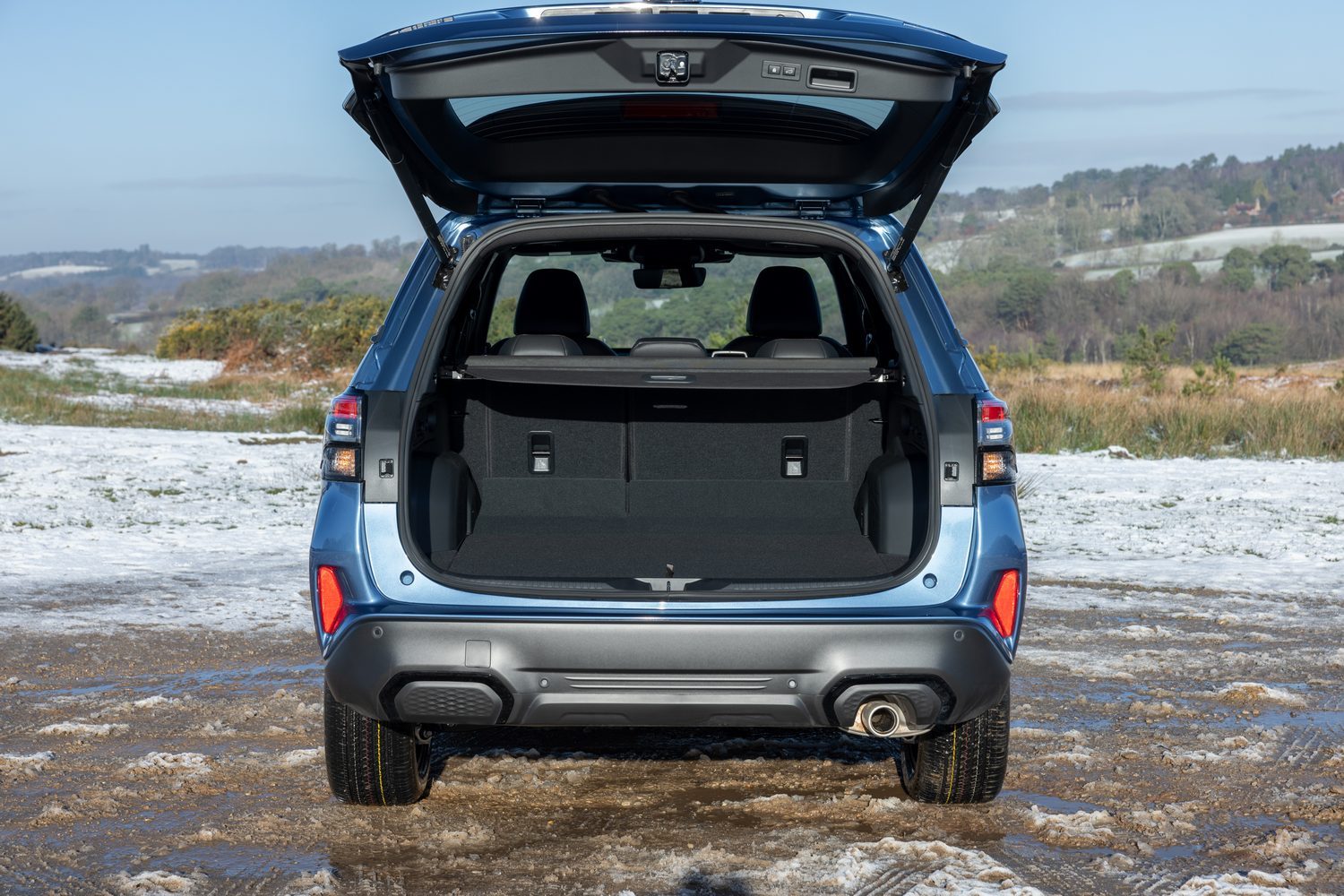
You won’t have any trouble packing their luggage away, either, because there’s a 508-litre boot at the back. That’s very slightly smaller than the boot in a Mazda CX-5, but the difference is marginal, and most owners won’t notice the difference.
The Subaru Forester’s on-board technology
Key to the Subaru’s internal updates, therefore, is the new touchscreen, which is much bigger than that of its predecessor, and comes with lots of new features. The navigation system, for example, now has What Three Words built in, allowing you to use a What Three Words location for more accurate navigation. Subaru seems to think this is useful for vets and tree surgeons seeking specific field entrances or forestry tracks.

But while this is all very clever, the touchscreen display is not as modern as Subaru might want you to think. Essentially, it appears to be the system from the current Outback, and it all looks a bit pixelated and blocky. We’d have liked it in 2009, but the game has moved on since then, and graphics that appear to be inspired by the PlayStation2 just won’t cut it anymore.
That said, there are some mod-cons in there. There’s climate control (with proper buttons to control the temperature) and a reversing camera, as well as access to all the safety tech. You also get the Apple CarPlay and Android Auto smartphone integration tech as standard.
But even so, tech is not the Forester’s strong suit, and those who feel they must have the latest in-car technology will much prefer a Mazda CX-5 or a Toyota RAV4.
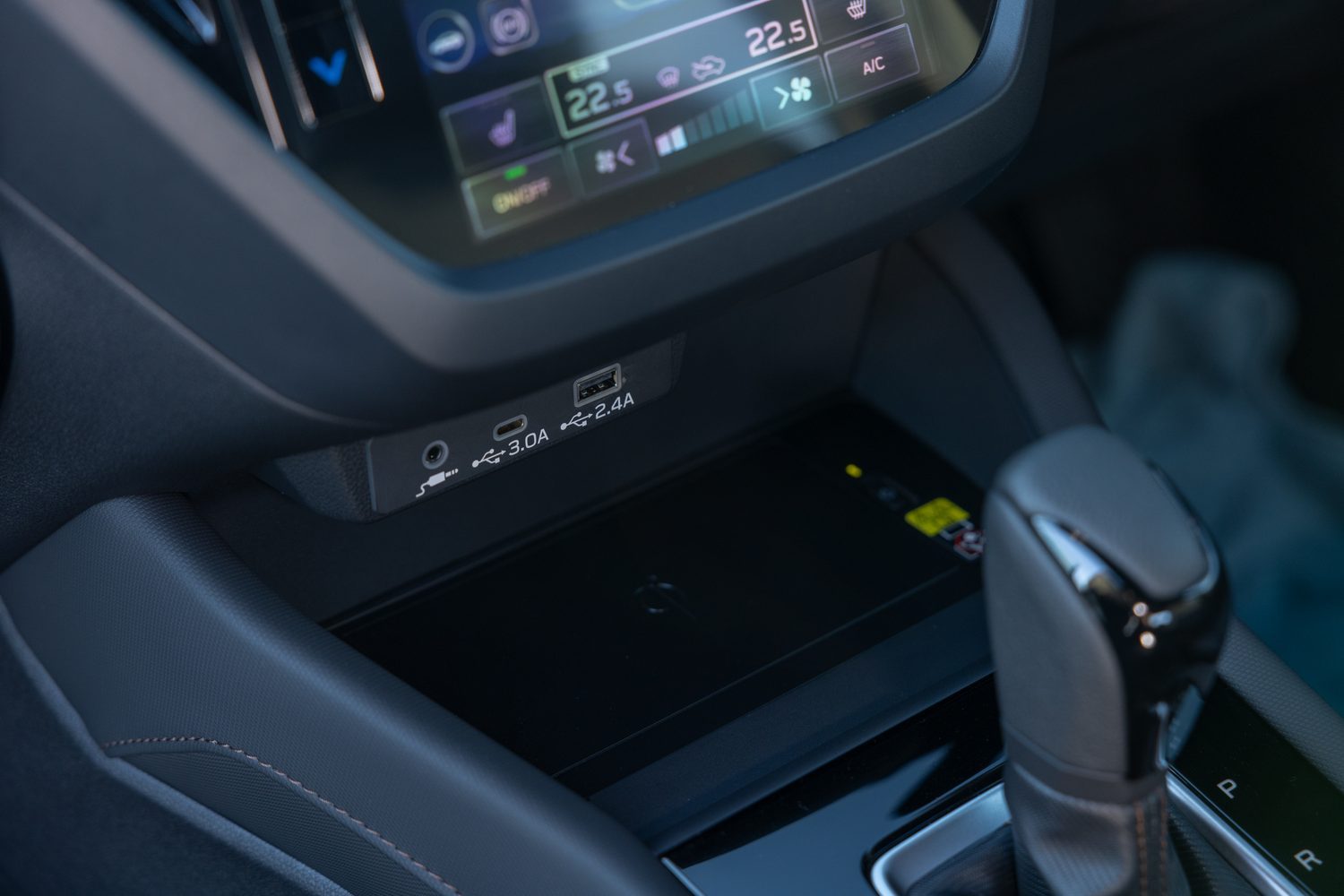
How safe is the Subaru Forester?
The Forester has already been assessed by the European independent safety organisation, Euro NCAP, and it has passed with flying colours. A five-star rating was produced after solid scores in every part of the test, and though the Subaru didn’t excel in any one area, it should still prove very safe should the worst happen.
But to help reduce the chances of it coming to that, Subaru has fettled its ‘EyeSight’ driver assistance technology, adding five new features and upgrading seven others. Now, the system has 15 different functions, including an emergency stop system that will slow and stop the car if the driver becomes unresponsive.
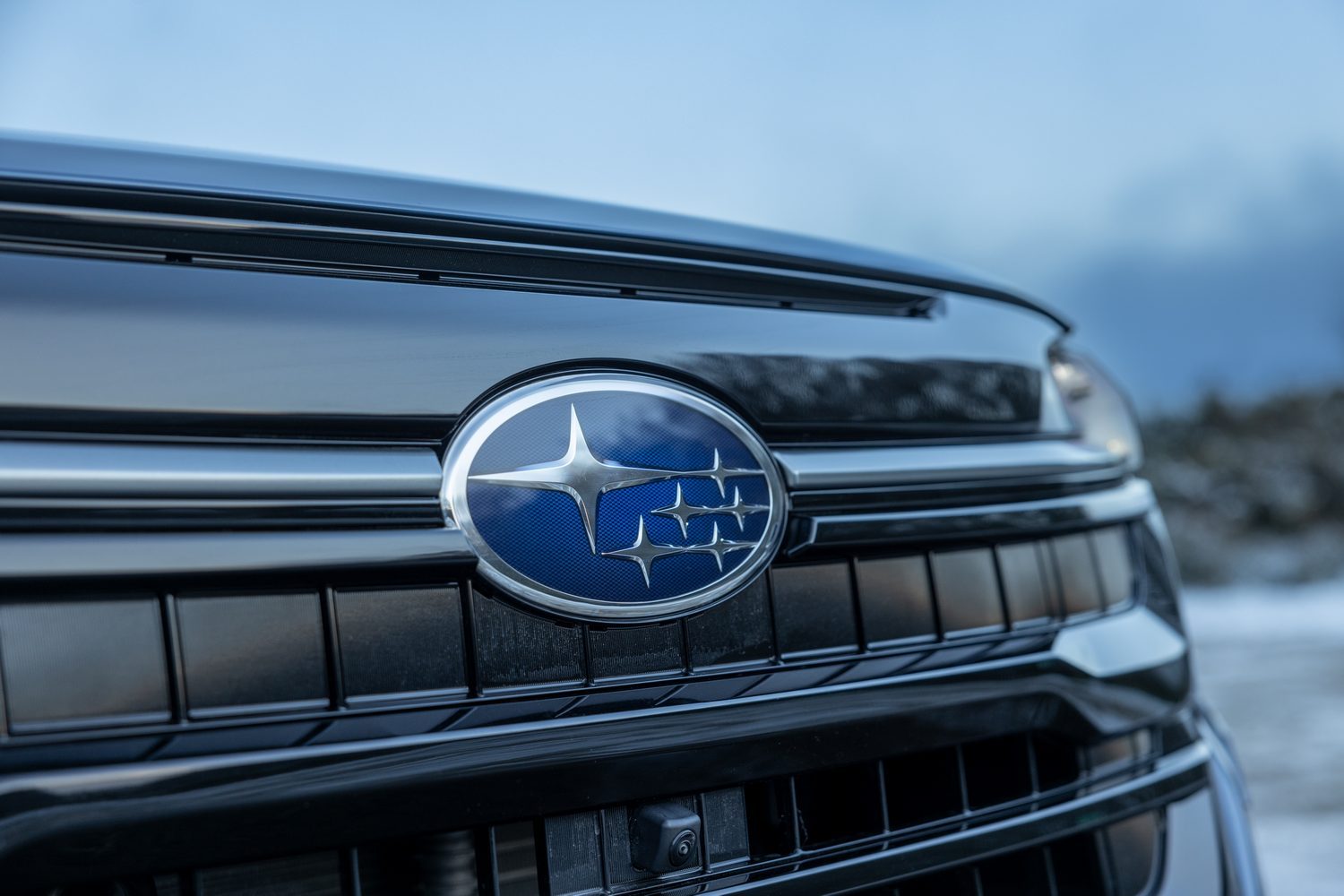
It also gets a driver monitoring system that can tell when you’re distracted, along with the usual suspects such as traffic sign recognition, autonomous emergency braking and lane departure warning. And it all comes as standard.
How many child seats can you fit in a Subaru Forester?
As is de rigueur among family SUVs, the Forester has two ISOFIX child seat mounting points on the rear bench, with one in each of the outermost rear seats. Access to those seats is very good, and the fact there’s lots of space back there means there’s ample room to fit two bulky seats side by side.
How fuel-efficient is the Subaru Forester?

Subaru is persevering with its e-Boxer hybrid system, which is standard across the Forester range. Although it produces a fairly unremarkable 136hp and it still comes with a symmetrical all-wheel-drive system, Subaru claims it’s more refined and more responsive than before.
And the company has a point. The Lineartronic continuously variable transmission meant if you put your foot down in the old car, you would be rewarded with a lot of noise and very little progress, whereas the new model is much smoother.
That’s partly because the software in the gearbox has been updated, providing a slightly more natural feel, and partly because the engine is a little quieter. It will still drone angrily if you really thrash it, but most of the time it’s much less irritating than its predecessor. It feels a bit more eager, too, even though the official figures suggest it’s fractionally slower than before.
But unfortunately, it’s still no more efficient. Burning around eight litres of unleaded every 100km is hardly the economy we expect from a hybrid - even if the hybrid in question is a capable off-roader. And because the CO2 emissions are so high, the Forester will cost you a pretty penny in motor tax, too.
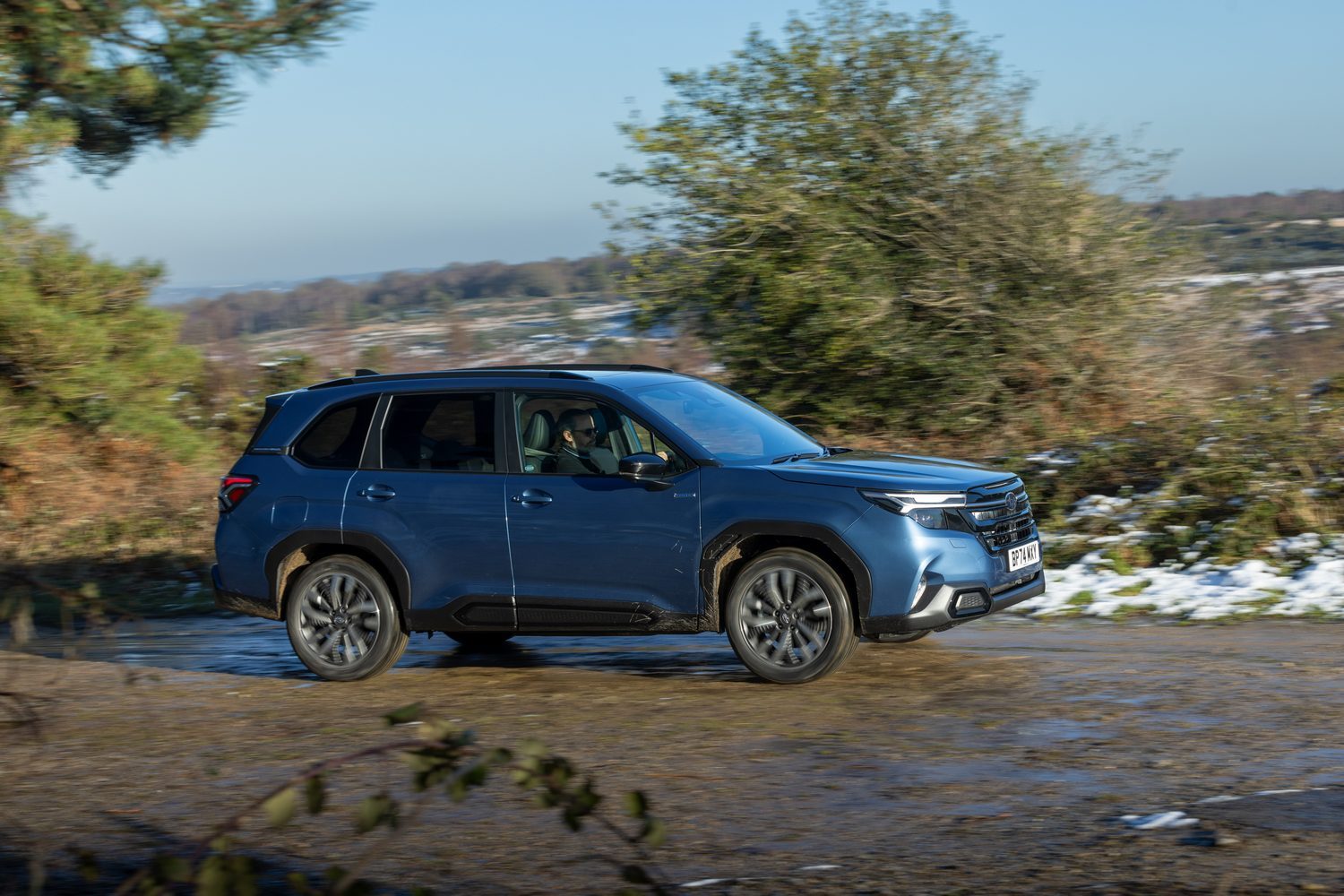
Driving the Subaru Forester
The driving experience was always the best thing about the Forester, and Subaru has promised much with this new model. More welding and greater body stiffness bodes well, as do tweaks to the car’s suspension.
And in many ways, the new model is much better than its predecessor. Where the old car was jiggly and firm, the new version is a bit more absorbent and settled on the road, dealing with crests and longer-wavelength undulations neatly. It doesn’t quite feel so composed over sharper imperfections in the surface - potholes, manhole covers and the like - but it’s still better than the old car in terms of ride comfort.
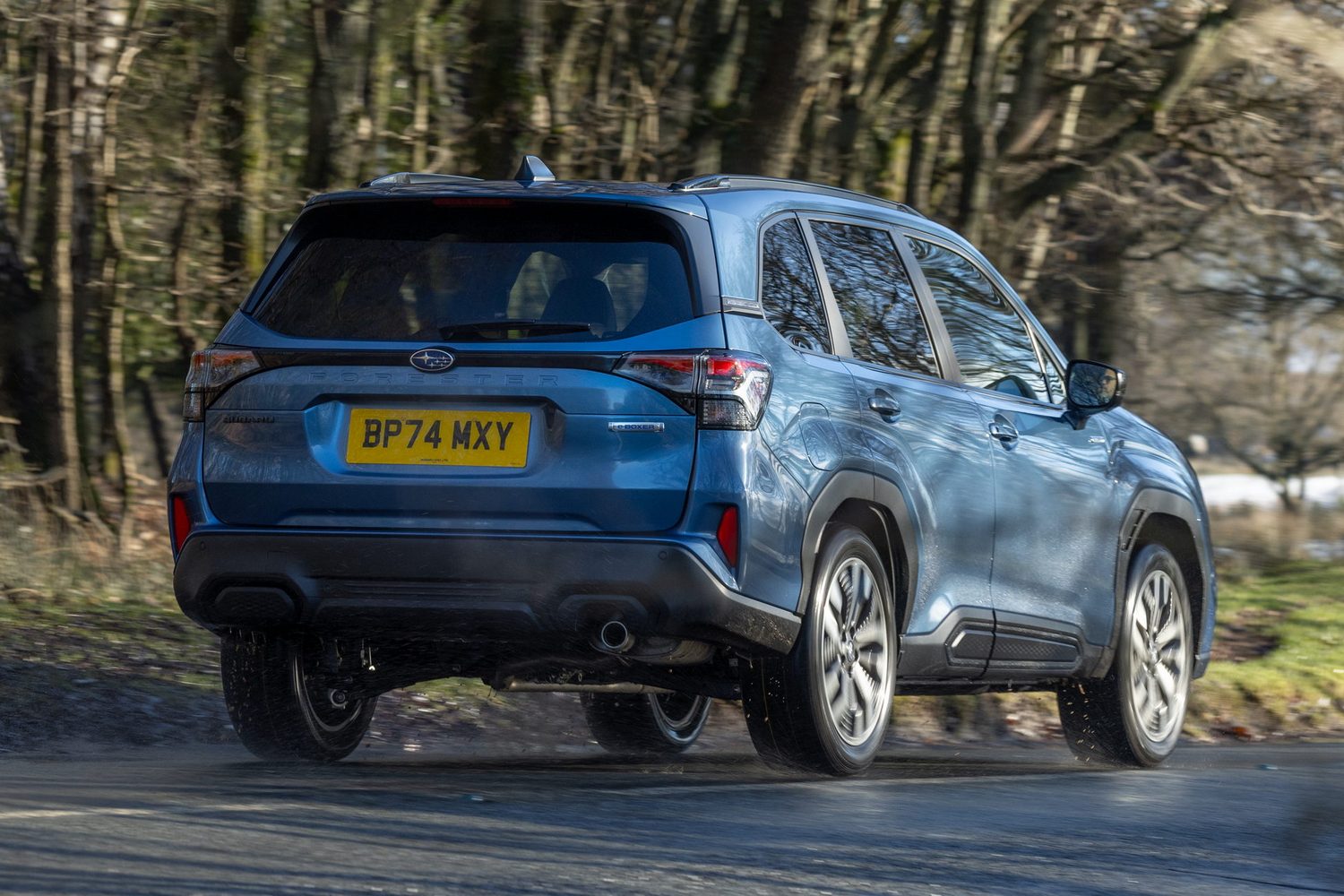
It’s also very capable off-road, where it’s aided by that permanent all-wheel-drive system, the soft suspension and ample axle articulation. The 220mm of ground clearance is useful, too, although it isn’t all that much better than anything else in the class. But with light steering that makes manoeuvring easier and plenty of traction, the Forester is more than happy on a farm track, and with the right tyres fitted, it’ll deal pretty well with snowy conditions.
However, it isn’t all good news. The softer suspension makes the car wallow a little more in corners, and though there’s plenty of grip, the body moves around quite a bit, and the light steering that’s so useful off-road or in town is suddenly quite numb. So, while the Forester will hang on well enough to satisfy most owners, those who enjoy driving will be much better served by the similarly sized Mazda CX-5.
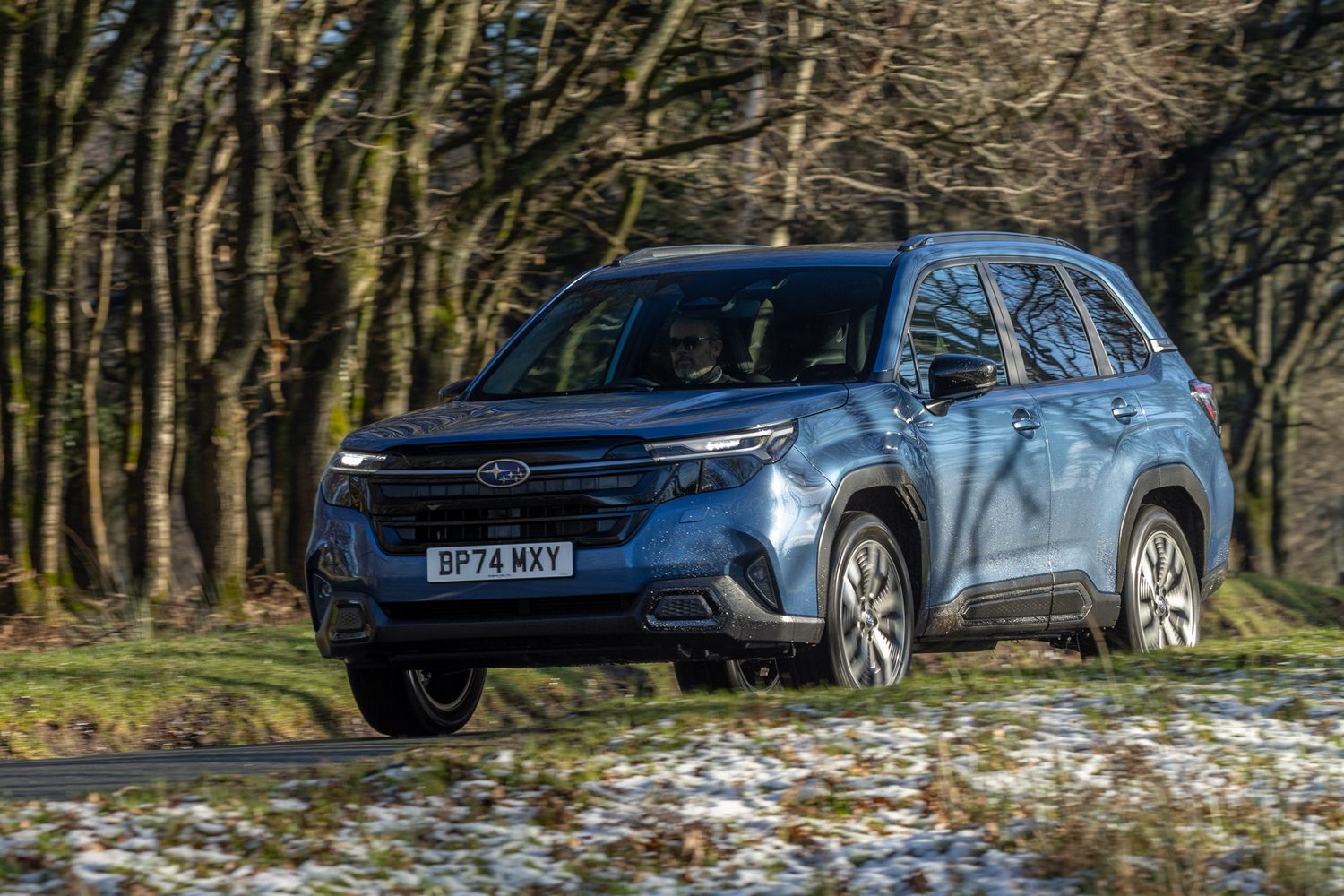
The reasons you’d buy a Subaru Forester
Though the Subaru Forester has undoubtedly improved in some areas, it’s an evolution of a car that really needed a revolution. Yes, it’s more comfortable and more refined, and the tech is a bit better, but Subaru will need to do more than that if it wants to increase its popularity dramatically. If you liked the old Forester, though, you’ll be even happier with this new model, and that’s exactly what the brand’s die-hard fans will have wanted.
Ask us anything about the Subaru Forester
If you want to know more about the Subaru Forester, or any other car currently on sale in Ireland, why not avail yourself of our reader advice service? Simply head to the Ask Us Anything page, pose your question, and let our team of experts get to work on finding you an answer. Best of all, it’s completely free of charge.

